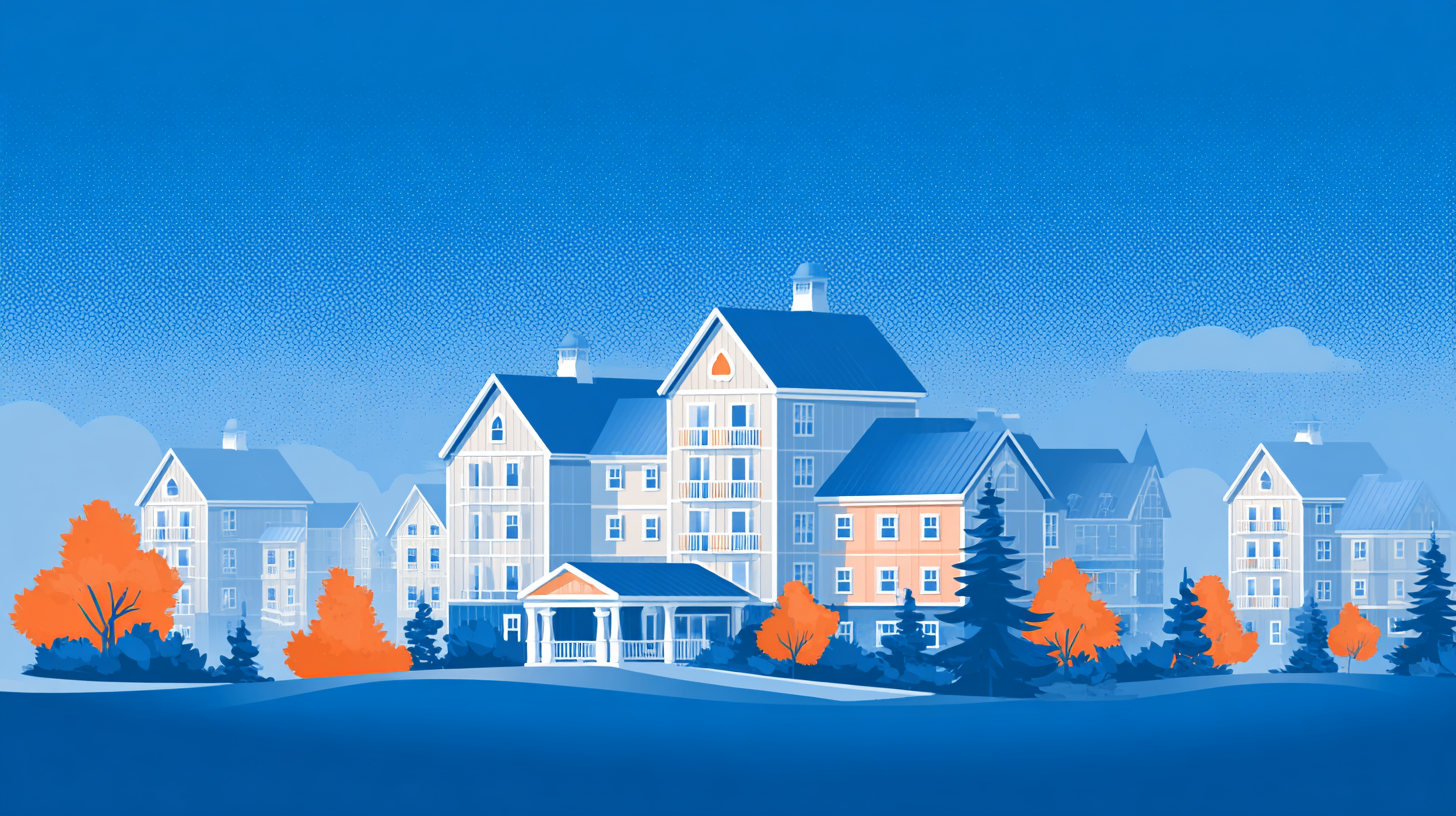The senior living industry is undergoing a significant transformation, particularly as it pertains to assisted living services. Aging demographics, combined with a rise in health-related complexities, are shifting the paradigm towards models traditionally associated with skilled nursing facilities. Current developments highlight the increasing acuity of residents within assisted living environments, necessitating urgent adaptation among providers. This blog delves into these developments, focusing on the specific challenges faced by senior living operators in Massachusetts and Chicago—two regions significantly impacted by these changes.
Understanding the Rise in Resident Acuity
As life expectancy continues to increase, we see a corresponding rise in health challenges among the elderly population. Today’s residents often come with complex medical conditions, requiring more comprehensive care than what was traditionally provided in assisted living settings. This shift is evident in the statistics: according to the National Center for Assisted Living, the percentage of assisted living residents needing assistance with three or more activities of daily living (ADLs) has notably increased.
This rise in acuity presents several challenges, including:
- Increased Staffing Needs: Higher acuity translates to a need for more skilled staff capable of addressing complex healthcare needs.
- Regulatory Compliance: As care requirements evolve, assisted living facilities must navigate an increasingly complex regulatory environment.
- Training and Development: Staff training must keep pace with the evolving needs of residents, emphasizing advanced care techniques and person-centered approaches.
Adapting to Growing Care Demands
In light of these challenges, how can assisted living providers effectively adapt? Operational adaptability is essential. By incorporating a robust framework for care that aligns with the demands of higher acuity residents, providers can ensure they not only meet regulatory requirements but also enhance the quality of life for their residents.
1. Staffing Solutions: Becoming Agile
The first step towards adapting to higher acuity needs is to reassess staffing strategies. This includes identifying gaps in current staffing levels and implementing flexible scheduling practices. For example, implementing a blend of full-time and part-time staff can help facilities respond swiftly to fluctuations in resident care needs. Additionally, utilizing staffing solutions from organizations like Pulivarthi Group can connect providers with workforce resources tailored specifically for senior living environments.
2. Training Resilience: Continual Learning
Training programs must evolve beyond traditional models. Incorporating ongoing training initiatives that encompass advanced care practices ensures staff are well-prepared to handle the nuances of higher acuity care. Strategies could include:
- Regular workshops focusing on condition management.
- Simulations and role-playing exercises to enhance staff response to emergency situations.
- Partnerships with local healthcare organizations for shared educational resources.
3. Embracing Technology: Innovative Solutions
Technology presents another avenue for adaptation. Innovations such as telehealth services and electronic health records can improve care coordination and facilitate real-time communication between staff and healthcare providers. For instance, using telehealth can ensure that medical professionals can provide timely assessments and interventions without overwhelming onsite staff. A notable example is the integration of remote monitoring systems that can alert staff to changes in a resident’s health status before they escalate into emergencies.
Regulatory Changes: Staying Ahead of Compliance
Regulatory changes continue to shape the landscape of assisted living. It is vital for senior living providers to stay informed about evolving legislation at both the state and federal levels. In Massachusetts and Chicago, for example, there are specific guidelines around staffing ratios and resident assessments that must be adhered to. Establishing dedicated compliance teams or engaging with consultants proficient in elder care regulations can provide necessary insights.
Furthermore, a proactive approach towards compliance can enhance operational credibility. Providing transparent reporting mechanisms and employing quality assurance frameworks can support a culture of accountability and excellence.
Community Engagement: Involving Families and Residents
Another critical component of adapting assisted living services relates to community involvement. Engaging families in care planning and ensuring their feedback is valued can lead to more personalized care experiences. Regular forums or community meetings can facilitate open communication, fostering a culture of trust between residents, staff, and families. Additionally, ensuring that residents’ voices are heard through resident councils can provide invaluable insights into the types of care needed.
Future Trends: Anticipating Change in Senior Care Models
Looking forward, what can the senior living community expect? The trend toward a more integrated care continuum is likely to accelerate. Assisted living providers that successfully navigate the challenges of increasing acuity may find themselves at the forefront of a heavily interwoven healthcare landscape. As skilled nursing becomes more tightly linked with assisted living, there may be innovative new care models emerging that prioritize seamless transitions between levels of care.
Moreover, collaborations between assisted living providers and healthcare systems will likely grow. These partnerships not only bolster resources but also create pathways for shared knowledge and best practices. For example, by establishing data-sharing agreements, providers can ensure that they are equipped with actionable insights to guide adjustments in care services.
Conclusion: Embracing the Future of Assisted Living
The landscape of assisted living is shifting rapidly due to rising acuity and evolving care demands. By proactively addressing staffing shortages, regulatory changes, and training needs, senior living providers can enhance the quality of care for their residents. Furthermore, leveraging technology and fostering community involvement can drive improvements in operational efficiency and resident satisfaction.
In this ever-changing environment, partnerships with staffing solutions experts like Pulivarthi Group can provide the resources necessary to remain agile and responsive. As you plan for the future of your assisted living services, remember to prioritize adaptability. By implementing these strategies, your community can thrive amidst the challenges of enhanced care demands.





